You can not use the same flux you use for soldering other metals. Aluminum reacts with atmospheric air more readily and forms a thick aluminum oxide layer on the surface. It is very difficult to remove this layer. So, you need a stronger flux for soldering aluminum. Besides, aluminum is a better absorber of heat than most other metals. You have to use a strong heat source to raise the temperature of aluminum. Only then, the solder (filler material) will melt and connect the two metal pieces. The below article explains the different techniques of soldering aluminum and its alloys. It also provides information about the different solder types you can use for effective soldering.
Soldering of Aluminum Alloys
Aluminum alloys containing less than 1 percent of magnesium and 5 percent of silicon are most commonly soldered. This is because aluminum alloys with more concentration of these elements have poor flux wetting characteristics. Besides, alloys with high concentrations of copper and zinc are also not suitable for soldering.
Preparation
Before starting to solder the aluminum, you have to ensure the metal surface is clean. It has to be free from dust, grease, and other debris. You can use a stainless steel brush or wool to clean the surface. Besides, you also have to do solvent degreasing to ensure the surface is free from grease. If the surface is oxidized, you might need to use chemicals to clean the aluminum surface.
Techniques for Soldering Aluminum
There are 4 different techniques of soldering aluminum. They are as follows,
1. Liquid Flux and Solder
In this, the liquid flux is made by using a mixture of organic amines and inorganic fluoroborate salts. If you want a less viscous flux, you can add chemicals such as alcohol to lower the viscosity. The liquid flux is ideal for induction soldering because it deteriorates rapidly after a certain temperature.
2. Paste Flux and Solder
You can create a paste flux by adding chemical binders to the liquid flux. The paste flux allows more precision placement as it uses a needle to dispense it on the metal.
3. Flux-Cored Soldering Filler Metal
The flux-cored filler will have a higher viscosity and more solid content. When this flux is heated, it will turn into a liquid form. You can then use an injector to dispense this into the metal surface. The filler material will cool and become hard, holding the two workpieces firmly together.
4. Soldering Filler Metal Paste
You can convert an organic flux into a soldering filler metal plate by adding solder powder and binders. You can use this to solder aluminum sheets that are used in high-temperature areas. The filler material can withstand temperatures of up to 420 ºC. But, it means you need to generate that much amount of heat to melt the filler material.
Types of Solders
The solders are categorized into three main types based on their melting points. Below are those types,
1. Low-Temperature Solders
The low-temperature solders have a melting point between the temperature range of 300 to 500 ºF. They are usually made of zinc, tin, lead, and cadmium. These solders produce joints that have low corrosion resistance.
2. Intermediate Temperature Solders
The melting point of the intermediate temperatures solders is between 500 and 700 ºF. Tin or cadmium with zinc is the base material. Besides, it also contains small amounts of other materials such as lead, copper, aluminum, nickel, or silver.
3. High-Temperature Solders
The high-temperature solders have a melting point in the temperature range of 700 to 800 ºF. Zinc is used as the base material and the solder contains 3 to 10 percent aluminum. Besides, it has other materials such as iron, nickel, and silver. Based on the composition of these materials, there will be a slight difference in their melting and wetting characteristics. The solders having the highest zinc content have the most strength. Also, they are the most resistant solders against corrosion.
Rules of Aluminum Soldering
Before soldering, remove the dust and other debris from the aluminum surface While soldering, ensure the parts do not move Use the correct type of flux Use the correct temperature to melt the filler material
Conclusion
The main advantage of aluminum soldering is to eliminate the need for plating the aluminum separately before soldering. There are several techniques and soldering methods available to solder aluminum. Based on the composition of the aluminum alloys, you can choose the technique that will create the strongest joint. Also, be sure to clean the aluminum surface before soldering it. If you have any other queries or doubts, let us know using the comments section. We will help you out. You can also post your thoughts and opinions in the comments box. Comment * Name * Email * Website
Δ



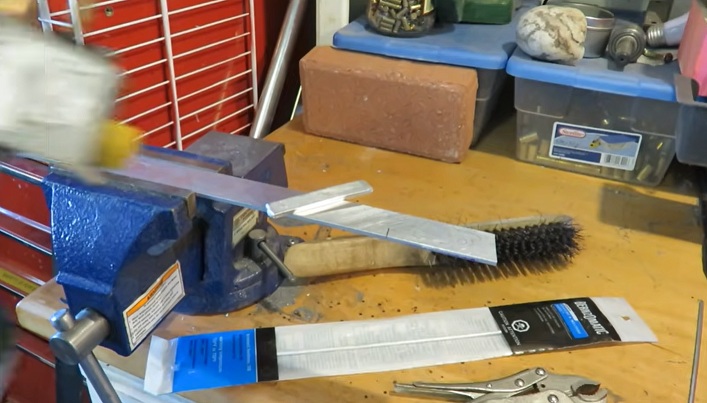
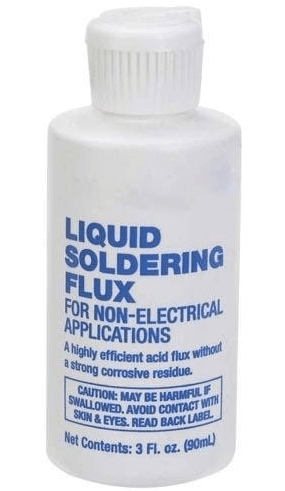
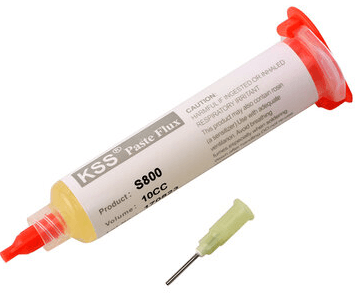
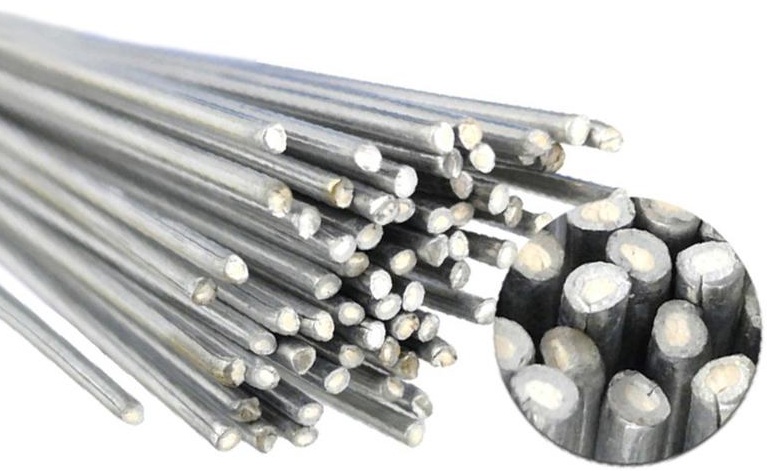
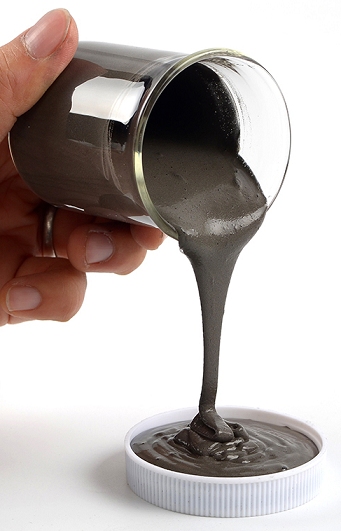


![]()